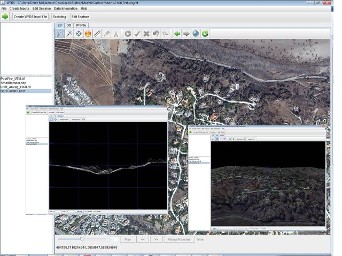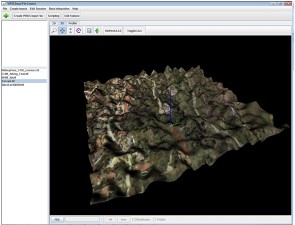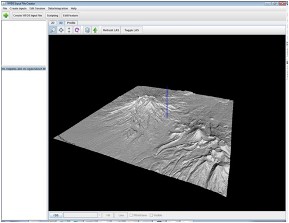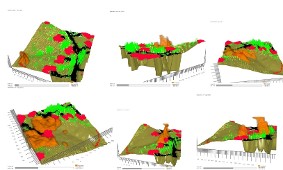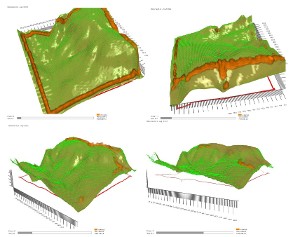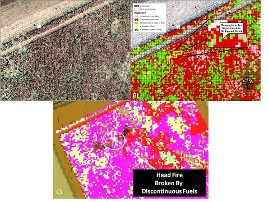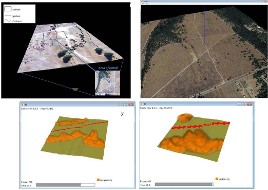
Geospatial Measurement Solutions, LLC: Custom software development; database maintenance and development; remote sensing analysis, data collection, mobile technology implementation, and scientific analysis and documentation.
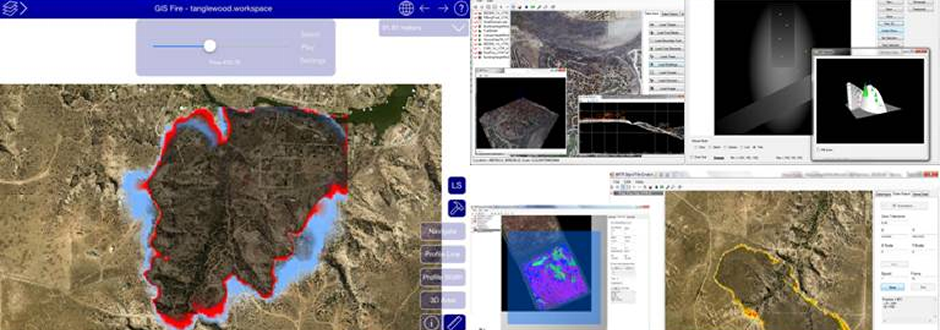
Fire Models and Geographic Information Systems (GIS) (National Institute of Standards and Technology Fire Research Grant 60NANB11D173)
LOOSE INTEGRATION OF wfds-PB & GIS
Java™ does hold some memory limitations that would not be encountered when developing in C++ for example. Nonetheless, the developed application has the capability to view large areas of data and create large WFDS input files, larger than could realistically be run on most computer clusters. In fact, WFDS input files can be created using the Java™ WFDS Input File Creator, which cannot even be viewed and opened in text editors for editing with a machine with 128GB of memory due to running out of memory. This, however, points to the need for different data structures for WFDS. The requirements for data needed to characterize fire behavior and validate fire models in landscape scale settings are in there infancy. If the understanding of fire behavior increases, requirements for software integrating GIS and fire models might change. Additionally, as more complex scenarios are validated more complex integration strategies might have to be employed. Currently, there is limited data publicly available to test such scenarios and this project saw collaborations with WFDS modelers to test the simple fuel and topography cases presented at 2014 Camp Swift research burns. The software, at a minimum is designed to support cases such as these and likely far more applications. The production software being developed as part of this project is designed to be scalable and flexible, thereby allowing for changes such as those described above to be incorporated as the science progresses. Changes in integration software, however, should be guided by changes produced from validated fire models, initially, in terms of integrating GIS with WFDS. It makes little sense to develop integration functionality for the software for data scenarios that are hypothetical and do not come from existing data available to developers or established theory. Nonetheless, the software is ready for WFDS modelers to use to examine the feasibility of using geospatial data in WFDS. The basics of the transfer of geospatial data from high resolution sensors to WFDS can readily be accomplished. The core algorithms for transferring standard geospatial data to WFDS file formats are found in Appendix B. The project developed software can be found on this web page. Major functionality included in the software is as follows:
A help document is associated with the application providing details of all the functionality contained within the application.
|
©2013 Geospatial Measurement Solutions, LLC - 2149 Cascade Ave. Ste. 106A PMB 240 Hood River, OR 97031, USA 541-436-4486 dmgeo@gmsgis.com
